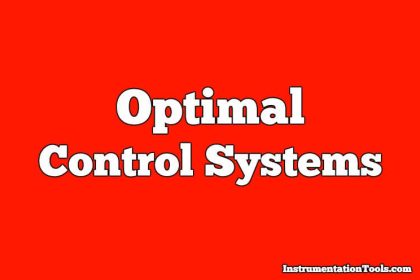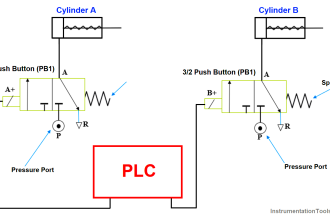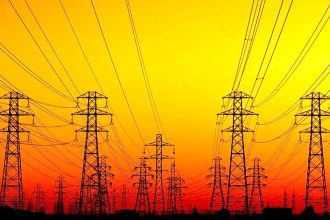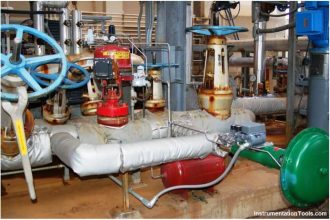Control of the Effects of Disturbance Signals by Use of Feedback
1. Regenerative feedback implies feedback with
a) Oscillations
b) Step input
c) Negative sign
d) Positive sign
Answer: d
Explanation: Regenerative feedback that is the positive feedback implies feedback with Positive sign and for complementary root locus is for the regenerative feedback.
2. The output of a feedback control system must be a function of
a) Reference and output
b) Reference and input
c) Input and feedback signal
d) Output and feedback signal
Answer: d
Explanation: The response of the control system is the output of the control system that depends upon the transfer function of the system and feedback system and also upon the input of the system.
3. A control system with excessive noise, is likely to suffer from
a) Saturation in amplifying stages
b) Loss of gain
c) Vibrations
d) Oscillations
Answer: a
Explanation: Noise is defined as the unwnated output due to the input and this is due to the excessive bandwidth and control system with excessive noise is likely to suufer from saturation in amplifying stages.
4. Zero initial condition for a system means
a) Input reference signal is zero
b) Zero stored energy
c) Initial movement of moving parts
d) System is at rest and no energy is stored in any of its components
Answer: d
Explanation: Zero initial condition means that the system is at rest and no energy is stored in any of its component.
5. Transfer function of a system is used to calculate which of the following?
a) The order of the system
b) The time constant
c) The output for any given input
d) The steady state gain
Answer: c
Explanation: Transfer function of a system is that ratio of Laplace output to the Laplace input at zero initial conditions and which is used to calculate the output for any given input.
6. The band width, in a feedback amplifier.
a) Remains unaffected
b) Decreases by the same amount as the gain increase
c) Increases by the same amount as the gain decrease
d) Decreases by the same amount as the gain decrease
Answer: c
Explanation: The bandwidth is defined as the difference in the higher frequency to the input frequency and increase in the bandwidth leads to the noise and in a feedback amplifier increases by the same amount as the gain decreases.
7. On which of the following factors does the sensitivity of a closed loop system to gain changes and load disturbances depend?
a) Frequency
b) Loop gain
c) Forward gain
d) All of the mentioned
Answer: d
Explanation: Sensitivity is defined as the change in the output with respect to the change in the parameter variations and the change in the input and load disturbances depends upon frequency loop gain and forward gain.
8. The transient response, with feedback system,
a) Rises slowly
b) Rises quickly
c) Decays slowly
d) Decays quickly
Answer: d
Explanation: Transient response is the response that is between time t=0 and at any time and behaviors depends upon the value of damping factor and maximum peak overshoot.
9. The second derivative input signals modify which of the following?
a) The time constant of the system
b) Damping of the system
c) The gain of the system
d) The time constant and suppress the oscillations
Answer: d
Explanation: The time constant is the time required to attain the final value of the steady state and the value if less then the speed of response will be more and second derivative input signals modify suppress the oscillations.
















